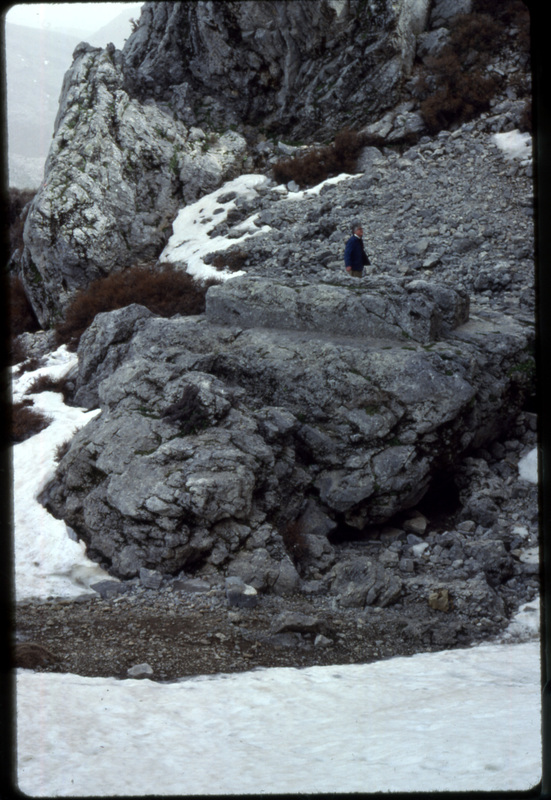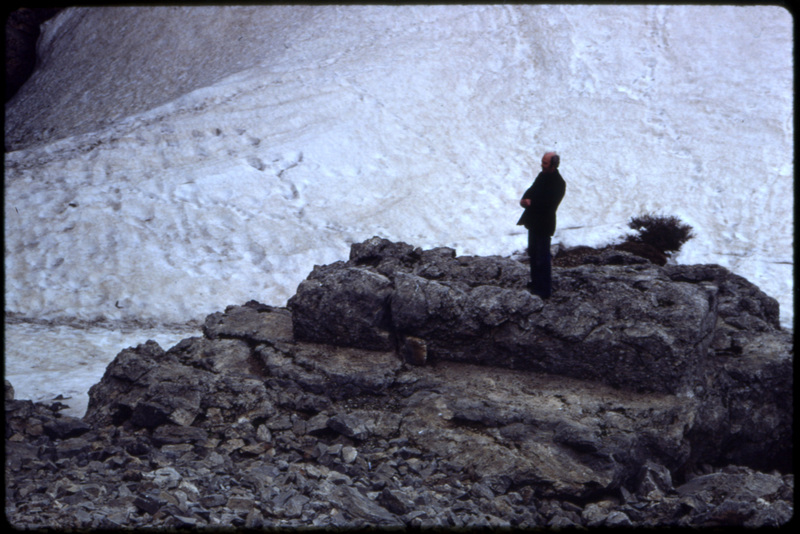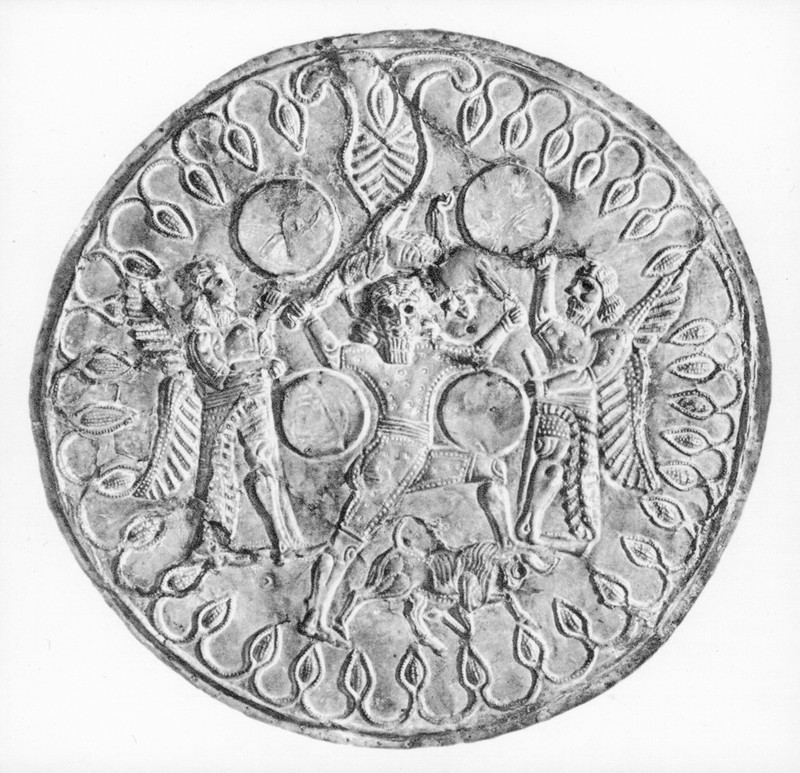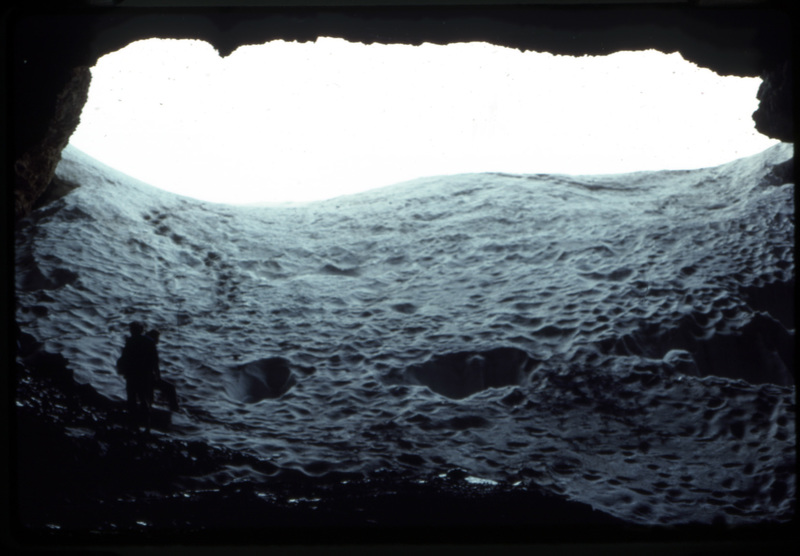
How often does blind curiosity lead to great discoveries?
More often than you'd think when it comes to Greek archaeology. In 1884, a cave nestled in the eastern slopes of Mount Ida was accidentally discovered. In 1885, Italian archaeologist Federico Halbherr excavated the cave looking for evidence to confirm theories that it was the site of the birth of Zeus. Excavations resumed in 1982 when archaeologist John Sakellarakis secured funding from the Archaeological Society of Athens (Campbell).
Why is this seemingly ordinary cave significant?
According to Ancient Greek writers such as Homer and Apollonius, this cave on Mount Ida was the site of Zeus's upbringing. Archaeologists have come to this conclusion due to the amount of votive items that appear to be dedicated to Zeus (Sakellarakis 210). To the locals of Ancient Greece this was a sacred site; to modern day archaeologists it remains so but for different reasons. The Idaean Cave is an entryway into learning about Greek mythology as well as Ancient Greek ritual practices.
Terracotta Pelike

The myth of Zeus' upbringing served as a catalyst for the epic battle between the Olympians (Zeus, Poseidon, Hera, etc.) and the Titans (Kronos, Rhea, Oceanus). The story starts with the marriage of the Titans Kronos and Rhea. Kronos overthrew his father Ouranos, with the help of his mother Gaia, and became the leader of his Titan siblings. Soon after Kronos and Rhea bore children, Kronos was warned that his son would eventually overthrow him, just as he did to his father. To prevent this from happening, Kronos ate all of his children at birth. Rhea, appalled by Kronos' actions, decided to hide their sixth child, Zeus, from Kronos. With the help of Gaia, she formulated a plan. When Zeus was born, she tricked Kronos by giving him a stone wrapped in swaddling cloth to eat (Hard 68). This is the scene being depicted in the terracotta pelike. Zeus grew up in the sacred Idaean Cave, a place inhabited by sacred bees that no god or mortal could step foot in. He was raised by nymphs and protected by Curetes (Hard 75). When he grew old enough, he confronted Kronos and forced him to vomit up his five other siblings (as well as free the imprisoned cyclops). Together, with the help of the cyclops, these Olympian Gods overthrew the Titans, just as was prophesied (Hard 68).
The Altar of Zeus

Because many people believed this was the site of the upbringing of Zeus, mystery cults made pilgrimages to the Idaean Cave to worship. This is evidenced by the altar carved directly into the natural rock at the entrance to the cave. This is known as the Altar of Zeus. It was used for ritual sacrifices to the Cretan Zeus, a god who was born and died every year. He is associated with a Minoan deity who personified the yearly vegetation cycle. This site is special because it is one of the few places where there is evidence of Minoan religious practices (Sakellarakis 212).
This altar is also a sacred site because of its presence in Homer's Iliad. At the beginning of Book Eight, Zeus instructs the Gods to refrain from involving themselves in the Trojan War. He then travels to Mount Ida, home of "his precinct and his fragrant altar" (Mackie). Zeus spends much of his time on Mount Ida, and it is even rumored that this is where he was when he spotted Ganymede, his male lover. According to Homer, Zeus' altar at Mount Ida was used in ritual sacrifice often enough for Zeus to enjoy spending time there.

The Tympanon

It is thought that mystery cults would bring votive items (offerings to the Gods) to the cave and lay them at the feet of Zeus' ivory throne (which no longer exists today). This bronze tympanon (shield) was found in the Idaean Cave. It has been interpreted as a depiction of Zeus conquering animals, with two animals in his hand and a miniature bull under his left foot. He is flanked by two Curetes. The Curetes would make noise by banging ropes against shields to mask the sounds of baby Zeus' cries. In this scene, although Zeus is grown, the Curetes continue to protect him with their shields raised and ropes in hand. It is noted that the style in which these figures were conceived is quite Assyrian, showing the wide-reach of trade occuring in the Greek world in the 8th century (Kolotourou 220). In Ancient Greece, tympanons were sometimes used as percussion instruments in rituals because they were thought to have protective qualities due to the myth of Zeus' upbringing in the Idaean Cave (Kolotourou 206).
Hugh Sackett's Cave

In May 1980, Hugh Sackett and his team of fellow archaeologists traveled to the Idaean Cave. They were not there to excavate (since excavations would not start up again until 1982), they were simply there to enjoy this sacred space. According to these images, this cave runs deep into the mountain, making it a perfect place to hide Zeus from Kronos. Even Aphrodite mentions the existence of this cave in Apollinus' epic poem Argonautica. She says, "that thing which his dear nurse Adrasteia made for him, when he was still a baby, behaving childishly, in the Idaean Cave" (Alonge 9).
Seeing modern day humans inside of the cave makes one aware of the importance of preserving and studying these places. Although it will never be known for sure if this is the cave in which Zeus spent his early life, it is still important for the study of Ancient Greece because of what it reveals about Ancient religious practices. The fact that humans can still experience these sacred spaces, maybe not in the same way as the Ancient Greeks, is what archaeology is all about. Without these images from Hugh Sackett, the desolate Idaean Cave would seem like a long-lost myth.

Caitlin Cooner 22'